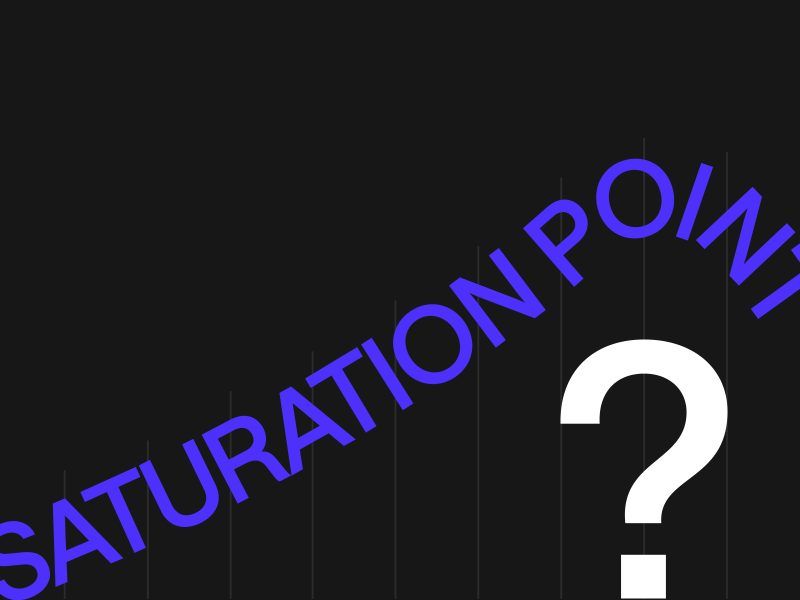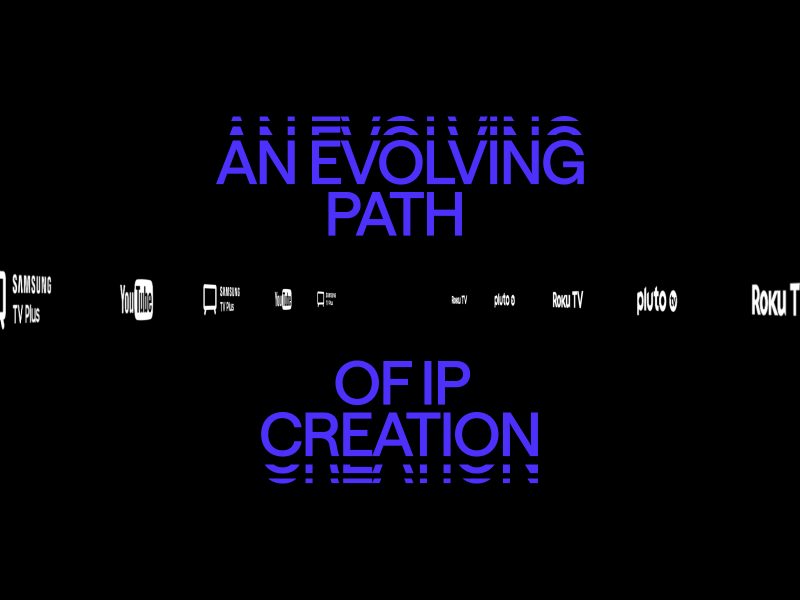Time Spent with Media is Expected to Decline in 2025

Media consumption continues to be a central part of daily life, and recent data shows that global engagement with media remains strong.
06.20.2025
According to PQ Media’s 2025 Global Consumer Media Usage Forecast, total worldwide media usage rose 2.4% in 2024, reaching an average of 57.2 hours per week. That’s an 11.1% increase compared to 2019, showing a steady upward trend over the past several years.
While this growth is encouraging, PQ Media forecasts a slight dip in 2025, with global usage expected to ease by 0.3% to 57.0 hours weekly. In the U.S., media time is projected to decline by 1.8% to 79.6 hours per week. These modest changes reflect a market that is beginning to stabilize after several years of accelerated growth, particularly during the pandemic.
Media consumption has reached its saturation point as digital device penetration rates have peaked in major developed markets, like the U.S.
The report explains...
This suggests that while total consumption may not grow as quickly as before, it is still holding at a high level.
One notable trend is the shift in how consumers engage with media. Time spent with ad-supported content is gradually declining, with projections showing a drop to 44.4% in the U.S. and 52.3% globally in 2025 – the lowest shares on record. This indicates a growing preference for subscription-based and ad-free media options, reflecting changing consumer expectations around personalization and control. Economic factors also play a role. “Also contributing to the media consumption decline in 2025 is expected deceleration in discretionary spending on media devices and content, as consumers worldwide tighten their overall budgets,” says PQ Media CEO Patrick Quinn.
Looking ahead, the outlook remains optimistic. Media usage is expected to increase again in 2026, spurred by major global events like the Winter Olympics, the FIFA World Cup, and a wave of federal elections in several key markets. These events traditionally boost media engagement and present new opportunities for content providers and advertisers.
Rather than signaling decline in revenue potential for media companies, these changes reflect a maturing media landscape where quality, accessibility, and innovation matter more than ever.
Sources: pqmedia.com



